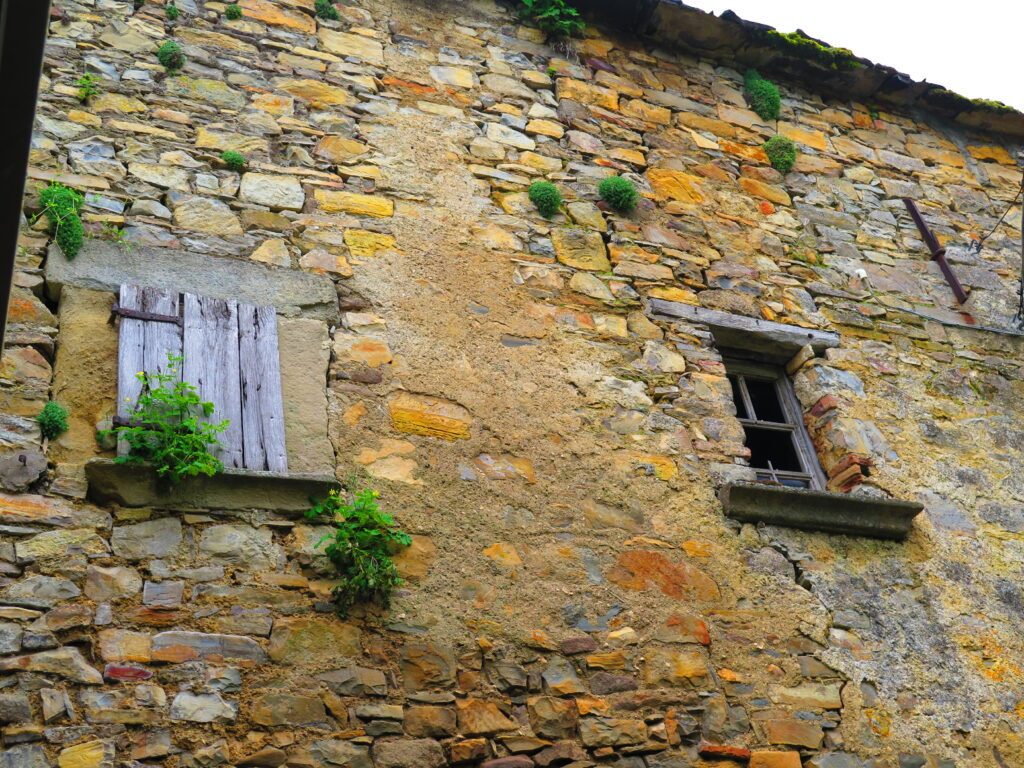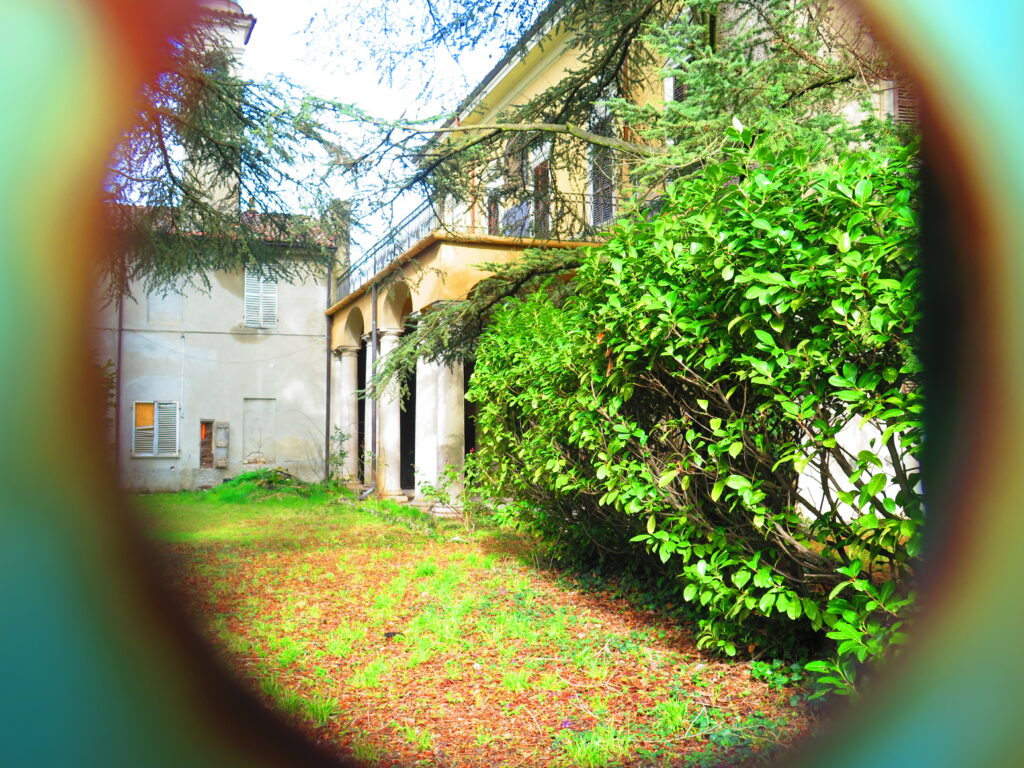Past Vs Future: ancient or high-tech?

The high-tech real estate market, also known as "smart real estate", is gaining more and more attention and popularity. This evolution is fueled by a growing demand for more efficient, sustainable and connected housing and commercial solutions.
A modern property is technologically advanced and offers systems and devices improving the quality of life and reducing management costs (personal savings and reduction of environmental impact). Often built and designed with eco-friendly materials, they follow green construction standards that, directly connected to other technologies (voice control, virtual assistants, smart home technologies, home automation, etc.), aim to improve the quality of life and productivity.

All this, however, often at the expense of data security and privacy. With the increase in connected technologies, the need to protect users' sensitive information from potential cyber threats emerges.
Nonetheless, it is a strongly growing market, supported by technological innovation and the growing awareness of the benefits related to sustainability and efficiency.
However, an important portion of the Italian real estate portfolio is made up of historic and ancient buildings, dating back to different periods, especially in cities of art and historic centers (about 70% pre-1970, with a strong incidence of ancient buildings compared to recently built properties).

In some areas, especially in Europe, the market for ancient properties is experiencing a certain revival, with many buyers looking for properties that offer not only a home, but a piece of history. With their historical and cultural value, ancient properties often have a rich and fascinating history, which can add an emotional and a cultural value.
Their architecture and unique decorative details can make the property particularly fascinating and attract collectors and enthusiasts in this type of a bit niche business.
Historical buildings have unique architectural features, such as vaulted ceilings, parquet floors, frescoes and other high-quality finishings that are not easily found in modern buildings. Often, ancient properties are located in central locations or in historical neighborhoods, which can offer a higher quality of life, with access to services, culture and social activities. Old properties cannot be replicated, which means owning one is a unique opportunity to own a property with character and personality.

Old or high-tech? Old objects and technologies carry with them a history, artistic appeal and often sentimental value. They can evoke nostalgia and a connection to past traditions that give them a uniqueness modern high-tech cannot match.
On the other hand, modern technologies offer incredible innovations, making daily life easier, improving efficiency and offering new experiences.
In many cases, people try to combine the two worlds, creating spaces or experiences integrating ancient elements with modern technologies.
